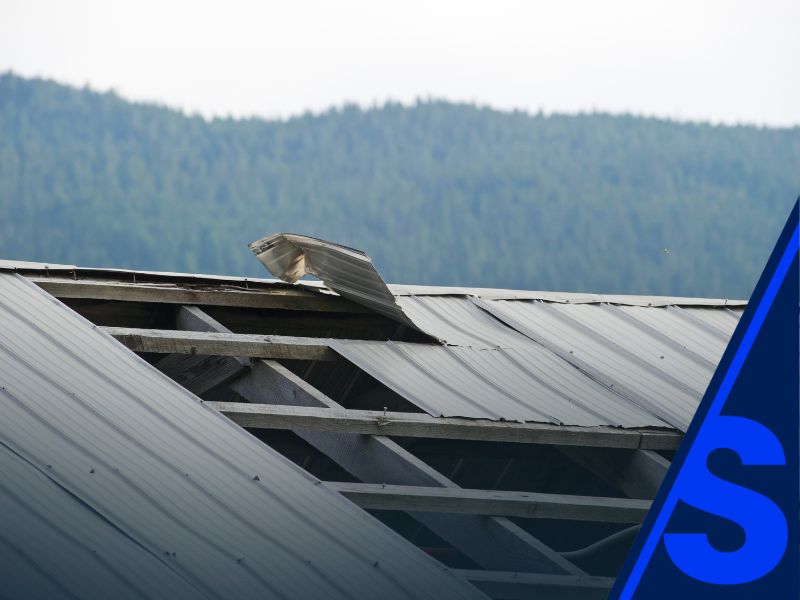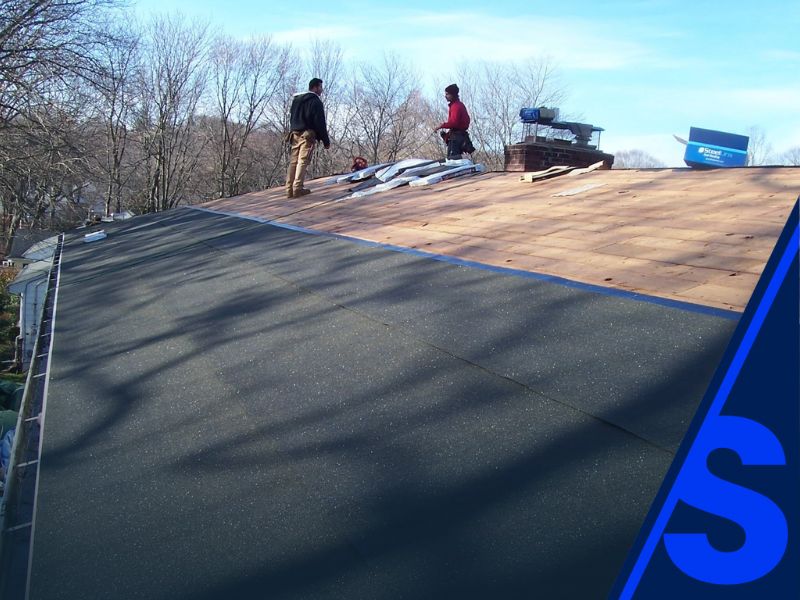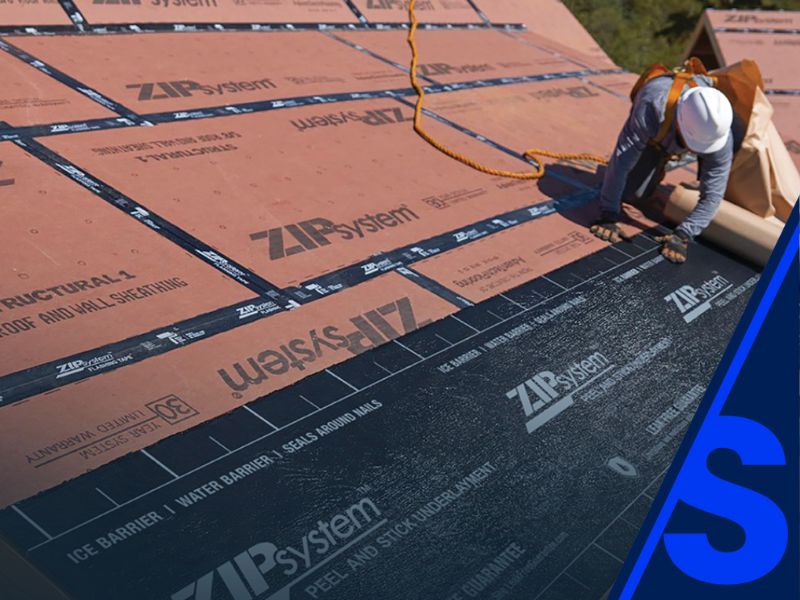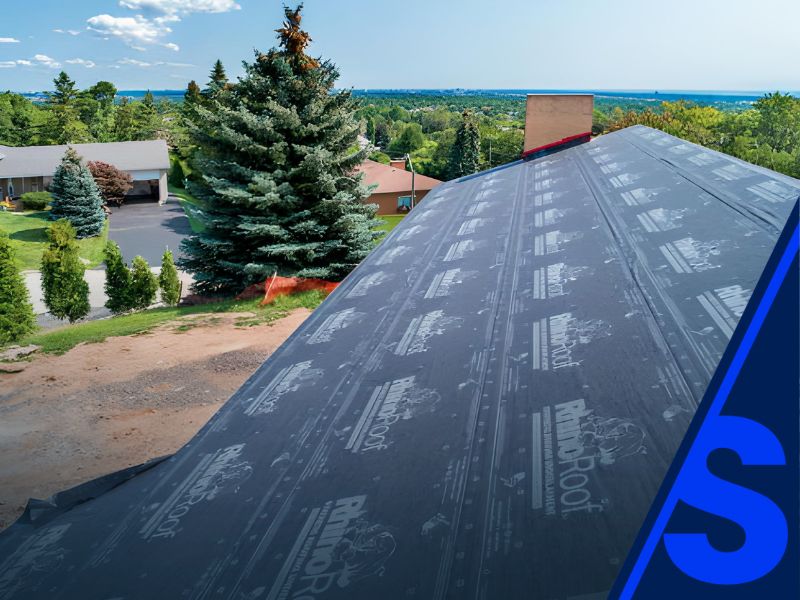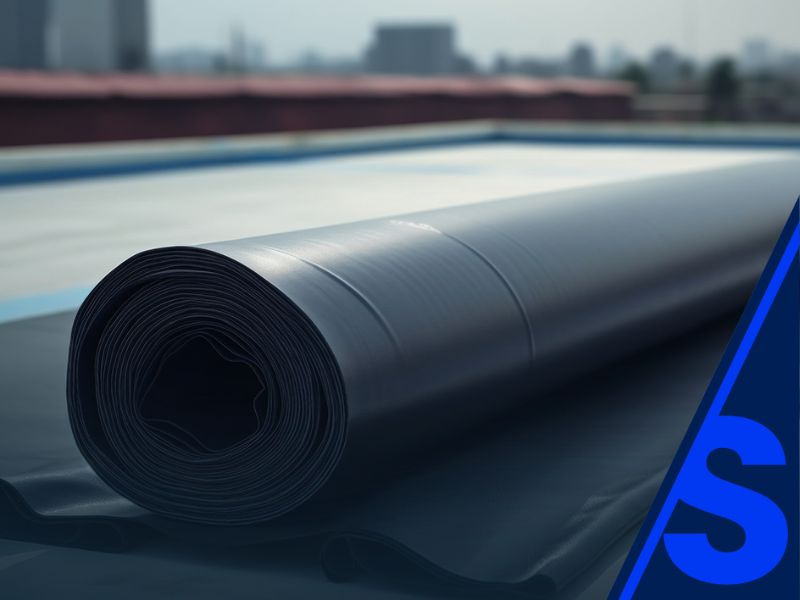Table of Contents
1. Introduction
Florida’s storm season is no joke. With hurricane-force winds and tropical storms becoming increasingly common, it’s more important than ever for home builders to incorporate wind-resistant roofing systems into new residential projects. High winds can cause severe damage to homes—ripping shingles off, tearing entire roof structures away, and exposing interiors to water damage.
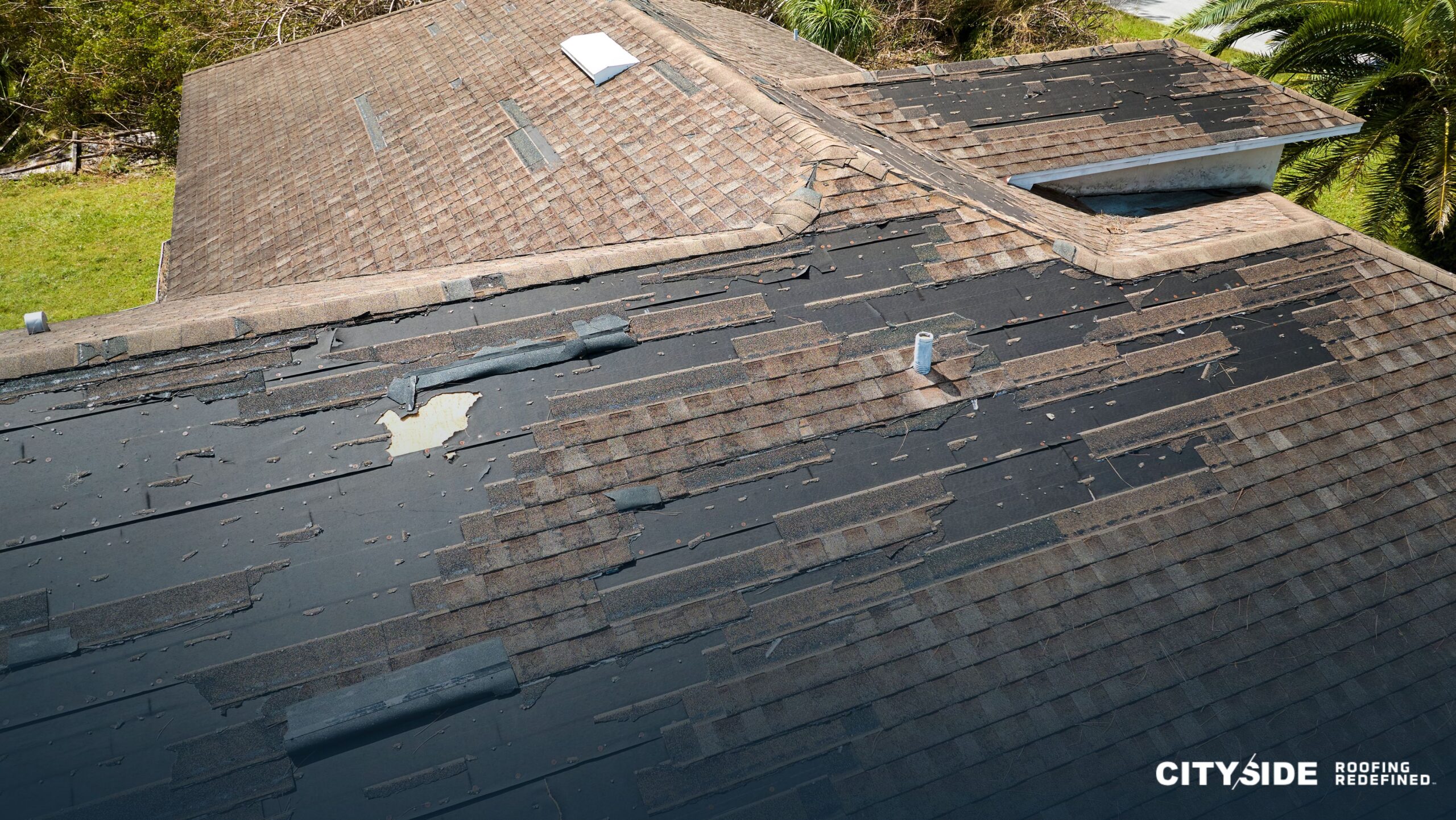
As a builder, your reputation depends on the quality, resilience, and safety of the homes you deliver. This comprehensive guide will walk you through the essentials of wind-resistant roofing systems, key compliance requirements, and why working with a professional roofing contractor in Florida like CitySide Roofing can make all the difference.
2. Why Wind-Resistant Roofing Matters in Florida
The state of Florida sits in the heart of the Atlantic hurricane corridor. With an average of 60 hurricanes and tropical storms forming each decade, wind damage poses a constant threat to residential structures—especially in high-density and coastal developments.
For builders, incorporating wind-resistant roofing isn’t just a smart move—it’s an absolute necessity. Failure to do so can result in:
- Roof failure during storms
- Water intrusion and mold damage
- Increased liability and costly repairs
- Code violations and failed inspections
By designing for resilience from the start, builders can deliver long-lasting homes that give buyers peace of mind and reduce post-sale issues.
3. Key Features of Wind-Resistant Roofing Systems
A truly wind-resistant roofing system goes beyond just strong shingles. It includes a coordinated group of materials and techniques designed to reinforce the entire roof structure. Key features include:
- High-wind rated shingles or panels
- Secondary water barriers
- Roof deck reinforcement
- Proper fastening and anchoring systems
- Sealed edges and ridges
- Roof shape and pitch considerations
Each element contributes to resisting uplift, preventing wind-driven rain from entering the structure, and ensuring structural integrity even during Category 4 and 5 storms.
4. Florida Building Code Requirements for Wind Zones
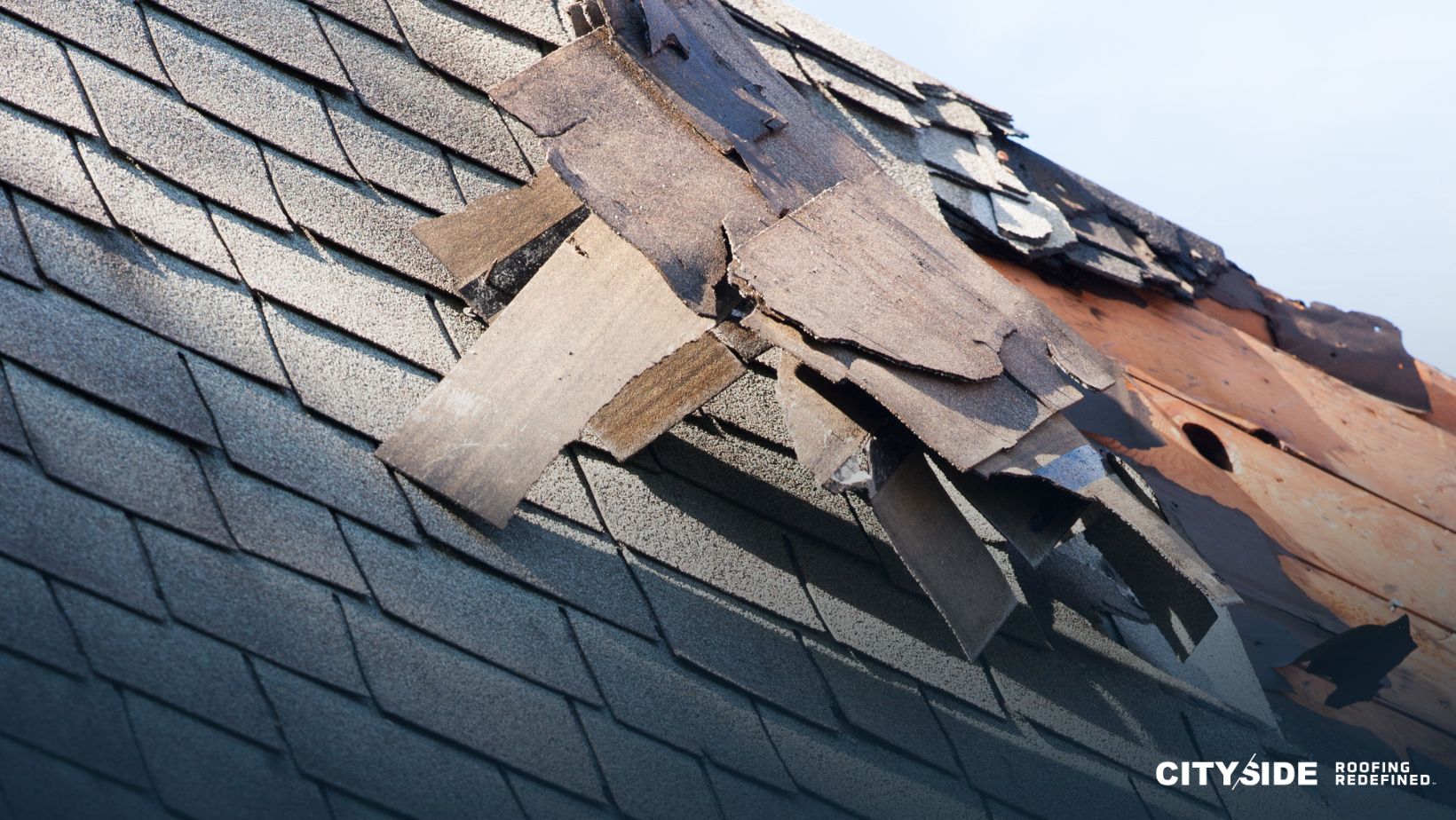
Florida’s building codes are among the strictest in the country—especially for roofing. The Florida Building Code (FBC) requires roofs to withstand wind speeds that range from 110 mph in inland areas to over 180 mph in High-Velocity Hurricane Zones (HVHZ) like Miami-Dade and Broward counties.
Key regulations include:
- Wind uplift resistance testing for all roofing products
- Use of approved fasteners and installation patterns
- Secondary water barriers in areas prone to heavy rain
- Underlayment specifications for extra waterproofing
CitySide Roofing ensures that all Florida roofs we install or advise on are fully compliant with the FBC and tailored to the specific wind zone of your project site.
5. Best Roofing Materials for Wind Resistance
Choosing the right roofing material is one of the most crucial decisions a builder can make when planning for wind resistance. Here are top options for Florida builders:
Metal Roofing
- Wind Rating: Up to 160 mph
- Benefits: Lightweight, interlocking panels, corrosion resistant
- Best for: Townhomes, single-family builds, coastal properties
Architectural Shingles
- Wind Rating: 130–150 mph (with proper installation)
- Benefits: Cost-effective, layered design adds strength
- Best for: Subdivisions, custom homes, investment properties
Concrete and Clay Tile
- Wind Rating: Up to 150 mph (with proper fastening)
- Benefits: Heavy and durable, good for upscale builds
- Considerations: Requires reinforced roof framing
Synthetic Roofing Materials
- Wind Rating: Varies but often exceeds 110 mph
- Benefits: Lightweight, impact-resistant, aesthetic variety
- Best for: Projects balancing aesthetics and performance
CitySide Roofing sources and installs all the above materials, offering guidance based on budget, location, and performance needs.
6. Installation Best Practices for Builders
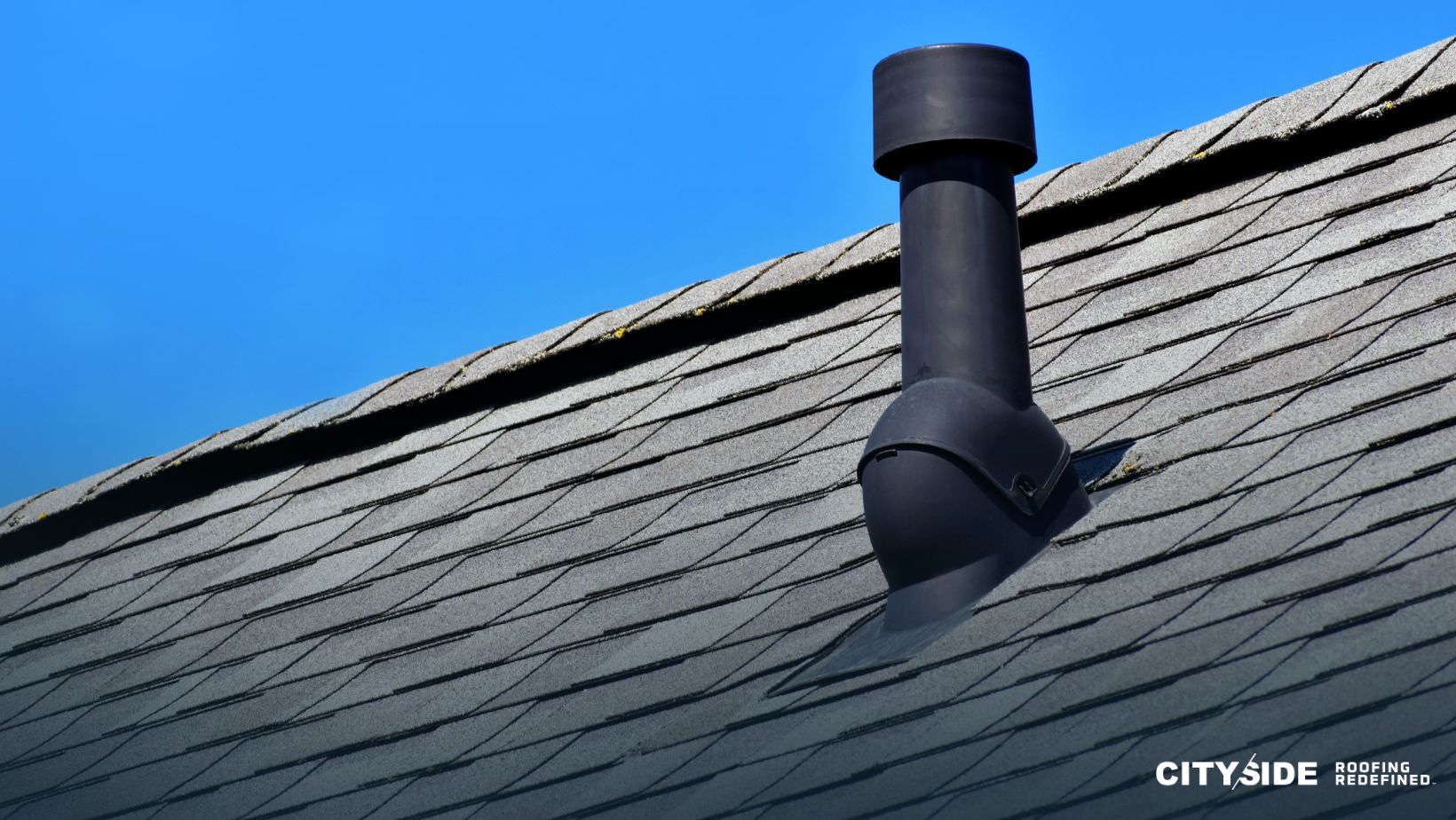
Proper installation is just as important as material selection. Even the best shingles will fail if not installed correctly. Here are proven practices for wind-resistant roofing installation:
- Secure Roof Decking: Use ring-shank nails and approved sheathing to prevent panels from lifting.
- Apply Underlayment Properly: Synthetic underlayment and self-adhering barriers add waterproof protection.
- Edge Sealing: Use starter strips and adhesive on eaves and ridges to seal weak points.
- Correct Fastening Patterns: Follow manufacturer specs and local codes to ensure proper nail spacing and placement.
- Reinforce Roof-to-Wall Connections: Use hurricane straps and clips to secure the entire roof frame to the structure.
CitySide Roofing trains and supervises every crew to meet or exceed these standards, ensuring every roof is built to last.
7. Partnering with a Roofing Contractor in Florida
Builders face mounting pressure to deliver high-quality homes quickly and within budget, all while ensuring compliance with complex regulations. Partnering with an experienced roofing contractor in Florida like CitySide Roofing offers huge advantages:
✅ Expertise in Florida Wind Zones
✅ Knowledge of FBC Compliance
✅ Access to High-Rated Materials
✅ Fast, Coordinated Installation Services
✅ Project-Specific Consultation
From blueprint to final inspection, CitySide acts as an extension of your team, helping you avoid costly missteps and delays.
8. Why Home Builders Choose CitySide Roofing
CitySide Roofing has earned the trust of builders across Florida for one simple reason—we deliver. As a leader in professional roofing solutions for new construction, we’ve worked on everything from 5000-unit developments to small custom neighborhoods.
Here’s what sets us apart:
- Experience in New Builds: We understand the pace and scale of home construction.
- Proven Track Record: Dozens of developments completed across Central Florida.
- Advanced Project Planning: We assist with design reviews, material selection, and site logistics.
- Superior Craftsmanship: Every installation is completed to the highest professional standards.
- Storm-Ready Roofing: Our systems are engineered specifically for Florida’s storm season.
Need help selecting the right roofing system for your next development? Contact CitySide Roofing for a consultation or project quote today.
9. Conclusion
With storm season becoming more intense and unpredictable, wind-resistant roofing is no longer optional for Florida builders—it’s a standard of quality and safety that buyers expect. From stronger materials and smarter installation techniques to code compliance and energy efficiency, every detail matters.
Partnering with a knowledgeable roofing contractor in Florida like CitySide Roofing ensures that your new builds are protected from the elements, built to last, and positioned for long-term success.
Ready to storm-proof your next residential project? Contact CitySide Roofing today and let Florida’s roofing professionals guide you every step of the way.
Related Reading: CitySide Roofing’s Role in Streamlining Builder Projects
